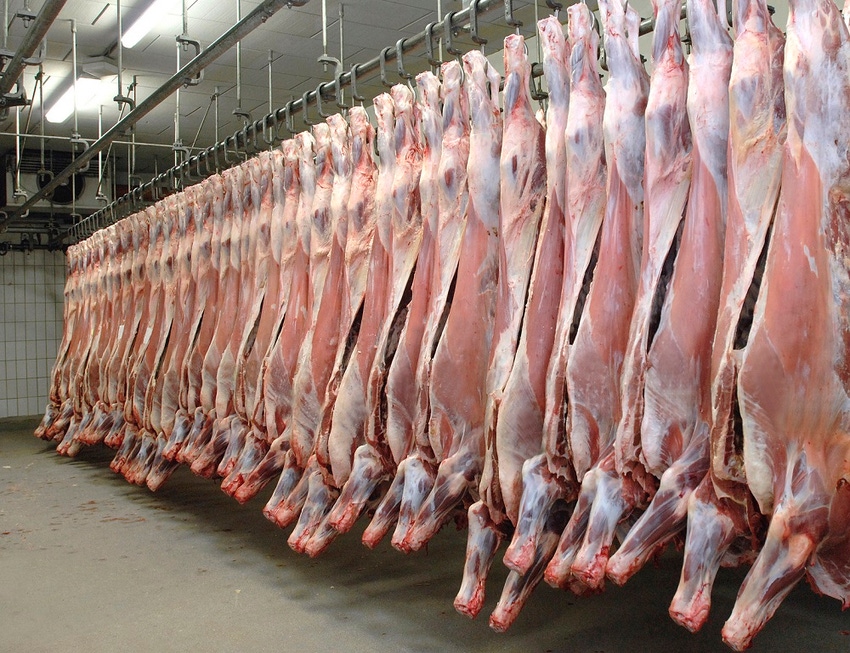
Despite growing cow and heifer slaughter and a slowing in the growth of slaughter steer numbers there is no evidence herd expansion is ending.
So far in 2017, beef cow slaughter is running 10.4% above 2016 levels. This follows a 13.7% year over year increase in 2016. Although increased beef cow slaughter is consistent with slower herd growth, it does not indicate herd liquidation or even zero herd growth. If beef cow slaughter continues at the current pace (as projected) through the end of the year, net culling for the beef herd will still be under 9% and less than the long-term average culling rate.
The sharp increase in beef cow slaughter in 2016 and 2017 is mostly the result of very low culling during herd expansion since 2014. More cows in the herd, plus previously delayed culling means that a substantial increase in beef cow slaughter is inevitable.
By 2018, herd culling rates may return to typical levels. Beef cow slaughter typically increases sharply in the fourth quarter to a seasonal peak but is projected to maintain the current year-over-year levels for the remainder of the year. Dairy cow slaughter has increased recently bringing the current year to date level up to 3.0% above last year. This follows a 1.0% year-over-year decrease in 2016.
Heifer slaughter is up 10.5% so far in 2017. This compares with a 4.7% year-over-year increase in 2016. The July 1 heifer-on-feed inventory was 10.6% higher than one year earlier. Heifer slaughter is likely to remain elevated for the rest of 2017.
Increased heifer slaughter and heifer on-feed inventories likely indicate a slower pace of heifer retention in 2017. However, average steer-to-heifer slaughter ratios are still very large compared to historical averages.
It will be some months before heifer slaughter increases to typical levels compared with steer slaughter. Seasonally, heifer slaughter decreases from a spring peak to lower summer levels before increasing slightly through the third quarter.
Although total cattle slaughter is up 5.9% year-over-year for the year to date, steer slaughter (which makes up more than half of cattle slaughter) is growing more slowly in 2017 and is up 3.5% so far this year compared with 2016. The year-to-date increase is declining as weekly steer slaughter has averaged just 1.1% year-over-year increases since late April.
Steer slaughter peaked seasonally in June and will trend lower, week to week, for the remainder of the year. On July 1, the number of steers in feedlots was 1.4% above last year and is projected to keep steer slaughter growth relatively low for the remainder of the year. Total annual steer slaughter may be limited to less than a 2% year over year increase in 2017.
Total cattle slaughter in 2017 is projected to increase 4.5-5% year over year. Cattle slaughter will likely increase another 3.5-4% in 2018. This will come from larger feeder supplies, less heifer retention, and increased cow culling.
About the Author(s)
You May Also Like




